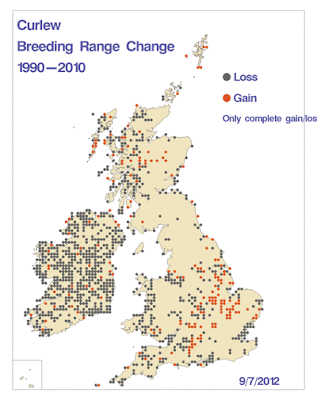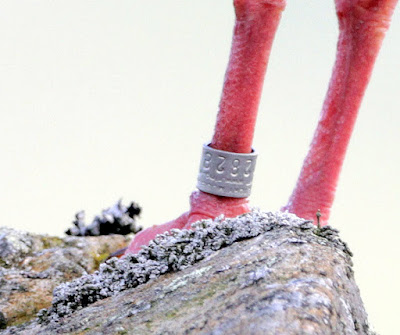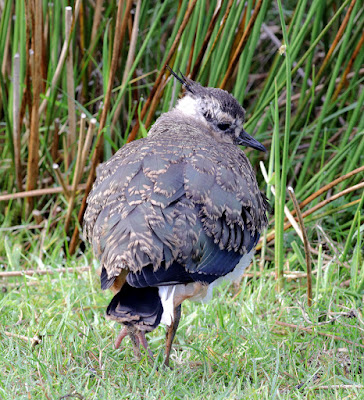We’re already planning the autumn Linnet ringing so with that in mind I set out to check Richard the farmer’s bird seed plot at Cockerham. Although we like to complain about the weather the year has been a good one for plant growth with a good mix of showery rain and now a spell of hot weather that should ripen the seeds.
Bird Seed Plot- Cockerham
There was a Linnet singing from the stretch of bramble that lines the adjacent ditch. Hopefully it has found a mate. As a breeding species the Linnet is now pretty scarce around here so let’s hope this is an omen but I suspect not – more like a relic of times gone by. It’s not so many years ago that close to here were two loose breeding colonies of Linnets - one in gorse at Lane Ends 750 yards away and the other in a larger clump gorse at Braides farm half-a-mile away. Now we have none.
As we have discovered through ringing here, the autumn and winter Linnets are not our own but originate much further away, some from the Northern Isles of Scotland. They come here to bask in the relative winter warmth of the Lancashire coast.
At the monoculture of Braides Farm I saw very little over or in the expanse of green except for a couple of distant Skylarks and a single Red-legged Partidge walking the farmer's track.
I motored towards Conder Green and to compare notes now that early autumn is here. Already we have passed the longest day, the summer solstice.
There was evidence of early returning waders by way of 2 Greenshank, 4 Common Sandpiper, 24 Lapwing, 70+ Redshanks, and a handful of Curlews. Resident waders had changed little with 2 Avocet, 15 Oystercatcher and a single adult Little-ringed Plover. There have been a number of sighting of Little-ringed Plovers this year, sometimes one, often two, but it appears that no breeding occurred with zero young reported.
Little-ringed Plover Charadrius dubius is named via Charadrius a Latin word for a yellowish bird and dubius, Latin for “doubtful”, via Sonnerat a French naturalist, writer and explorer who in 1776 thought this bird might be a variant of the common Ringed Plover Charadrius hiaticula. We now know of course that the two birds are related but totally different species.
Wildfowl and herons have changed little in recent weeks and continue as 6 Tufted Duck, 4 Shelduck, 1 Teal, 3 Little Egret and 1 Grey Heron. There’s little change on the crowded nesting platform with what looks like two chicks each for both Common Tern and Black-headed Gull.
Common Tern
It appears that any breeding success of both Oystercatcher and Redshank here has been poor; my own sightings consisted of a single young Oystercatcher some weeks ago.
Small birds and “others” were limited to 12 Pied Wagtail, 3 Reed Bunting, 3 Whitethroat, 2 Sedge Warbler, 1 Blackcap and 2 Stock Dove.
Swallows continue to be scarce other than an unexpected posse of 35 or more at Gardner’s Farm along Moss House Lane. First broods are on the wing now so let’s hope the fine weather continues and allows the Swallows another go. A feeding party of 30 Swifts over the hedgerows was rather fine to witness.
On the way home I chanced upon a single Corn Bunting, another rarity relic of times gone by.















































































